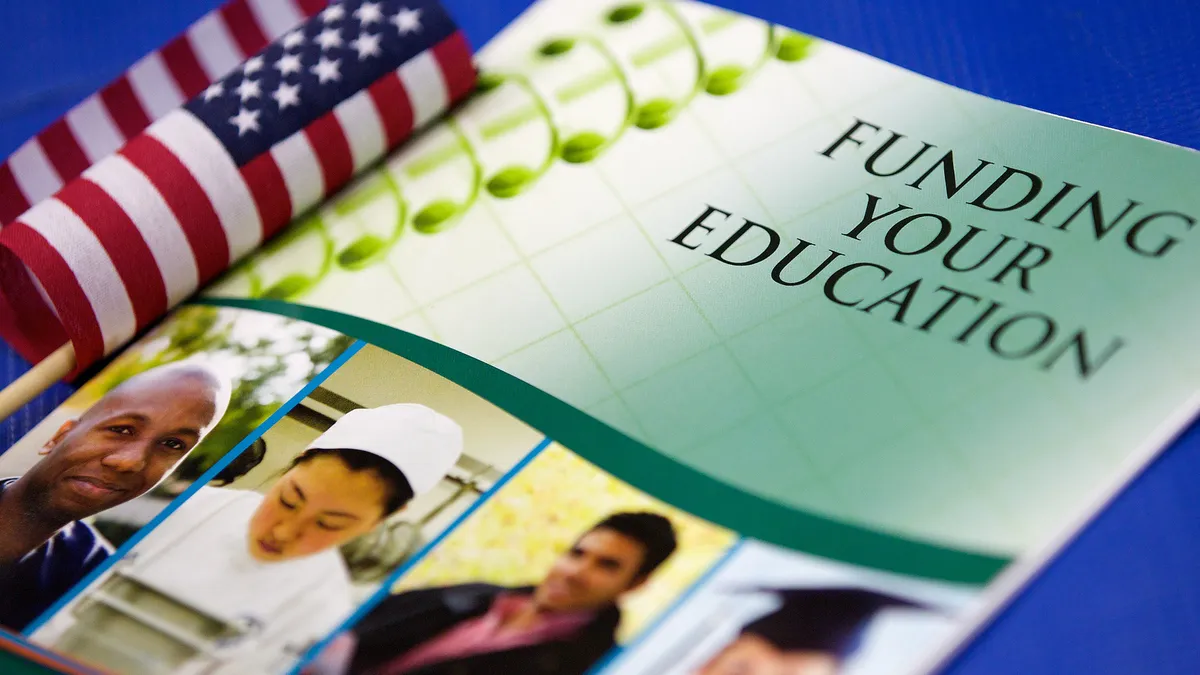Dive Brief:
- Some four-year public and private colleges fail to meet baseline requirements for providing students with access to net price calculators for college costs, according to a study of 80 institutions from the University of Pennsylvania Graduate School of Education's Alliance for Higher Education and Democracy (Penn AHEAD). The data was collected in 2018.
- For two colleges, one private and one public, the researchers could not find a calculator, which are legally required by the 2008 Higher Education Opportunity Act.
- At other colleges, researchers found information that was "misleading or incomplete." Others used "out-of-date data, ignored real costs of attendance ... asked students to estimate their own costs, suggested that students can reduce costs by 'spending conservatively' on food, and presented loans as no different than grants," the authors wrote.
Dive Insight:
Net price calculators are meant to make the complex costs of college more transparent and straightforward for students. As the study's authors note, "Students who overestimate costs might not apply to schools they can actually afford, and students who underestimate costs may drop out of college for financial reasons before attaining a degree."
For colleges, they recommend, among other things, making calculators easy to find on websites, prominently displaying one net price, using up-to-date data, and keeping cost and aid data consistent across websites while noting variations where they exist. They also urge colleges to make clear the differences between grants and loans and to note that loans are optional and must be repaid. The study authors found only about half of studied institutions disaggregated grant aid types in their calculations.
The authors recommend the government work to ensure colleges are providing usable cost information and eliminate inconsistencies in its cost-related information.
Aside from reducing the risk of running afoul of federal law, transparent pricing could help colleges attract more low-income students by making their expected costs — and the aid to offset them — more clear.
About 661,000 low-income high school students graduating in 2018 missed out on $2.6 billion in financial aid because they didn't complete the Free Application for Federal Student Aid (FAFSA), according to an October analysis by NerdWallet. Each of them could have received around $4,000 in Pell Grant money, on average.
Even though aid can reduce costs for low-income students, many see college as cost-prohibitive because of its high sticker prices. Moreover, students often don't know what they'll have to pay until after the application and admissions process, when they receive their financial aid award letters.
Adding to the confusion around cost are the variety and sources of financial aid, with some students unclear on the difference between loans and grants, Laura Perna, executive director of Penn AHEAD, told Education Dive earlier this year. Other concerns include that poor high school grades will render students ineligible for aid, or that having a bad credit rating or money saved will make it harder to get financial support.











